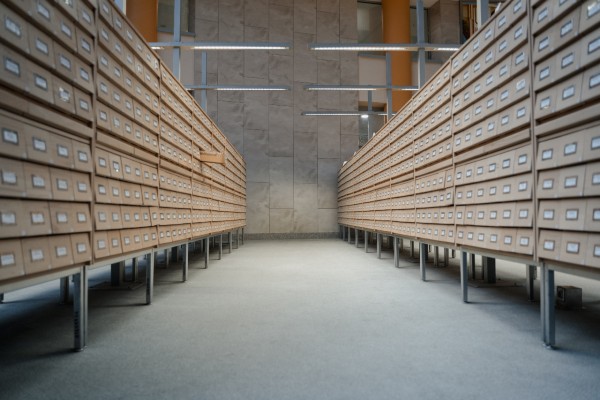Collateral documents include the essential paperwork required to buy and sell mortgage notes. These files contain the mortgage loan documentation, servicing requirements, and any copies that are required by the applicable investor pursuant to applicable servicing requirements to be held by the custodian.
As note investors, our inventory is paper. With note investing, you must be good at managing your paper or else you will encounter many problems being successful in this business.
It is important to understand that the documents which you are holding, especially the original promissory note and the original mortgage – all of which are very, very valuable.
Safe Collateral File Storage

Ideally, these should be stored in a fireproof environment. You absolutely do not want to lose your collateral documents in a fire. This could be a secure safe you provide or with a document storage company.
A document storage company can help you maintain strict chain of custody for all your mortgage related files. Many of these companies offer cloud-based document management systems that will enable you to view the files in real time.
Also, you want to make sure that you have all these documents organized in a folder. In the note business, there is something known as a stacking order. A stacking order is the template you use when you are putting your documents inside your folder. The stacking order dictates that you use the same order every time, i.e., 1) Promissory Note 2) Mortgage 3) Title.
Notes and Mortgages
Without the original Promissory Note, in some states, you cannot foreclose if the borrower stops paying you. One way to confirm that you have the original promissory note is to rub the signature with a damp finger to see if it smears. If it does not smear, it means you have a copy and you will need to locate the original. The promissory note does not get recorded in the county. Therefore, having the original is vital.
The mortgage document itself does not have to be an original if it has been recorded in the county. When it is recorded in the county, the county government has made a statement that they have examined the original and have entered it into the public records and have put a recorder’s stamp on it.
You can use copies of this in a foreclosure proceeding. In some states, the mortgage might be referred to as a deed of trust or a security deed. Nonetheless, it is the document that provides collateral to the lender and supports the promissory note.
Additional Collateral Documents
The file might also include ancillary collateral documents such as paystubs from the borrowers, tax returns, broker price opinions, title report, assignments, or allonges which have taken place prior to your note purchase.
Ensure Against Loss
If you send the original documents to an attorney, insist on that you get a written receipt from the attorney for the receipt of those documents, to ensure against loss. Otherwise, do not provide the original documents.
Collateral File Review
An initial review of collateral documents once an offer is accepted is a vitally important part of due diligence. This is the part where you analyze and verify the information given to you buy the seller.
Therefore, if you have additional questions or additional documentation is needed, this is the point where you can go back to the seller and obtain that data.
After obtaining your documents, you will want to look through the mortgage/deed of trust, promissory note, and the pay history and verify the terms of the loan. Proper collection and storage of collateral documents can make the due diligence process go much smoother.
You May Also Want to See:
- AI & Data Analytics: The Future of Mortgage Note Investing
- Top 5 Skills Every Mortgage Note Investor Should Develop
- Building Your Dream Team in Mortgage Note Investing: Who to Choose and Why
- Mastering Lender Borrower Relations in Mortgage Note Investing
- Environmental Risks in Real Estate and Note Investments
